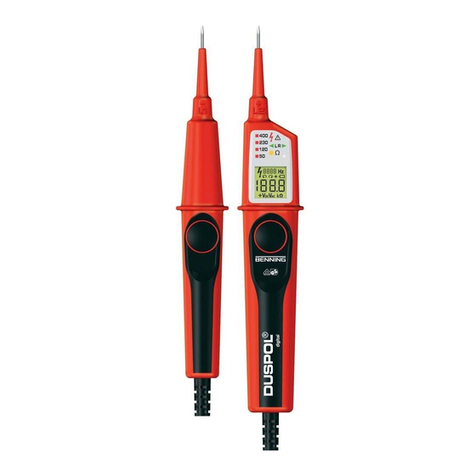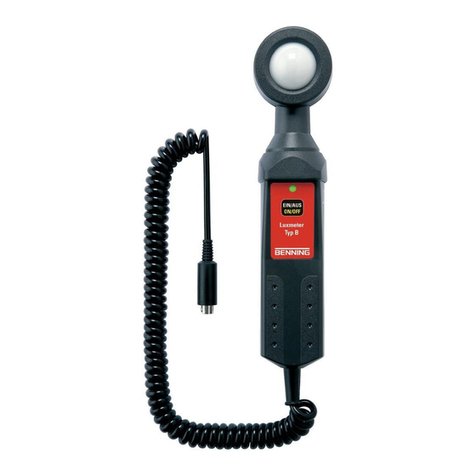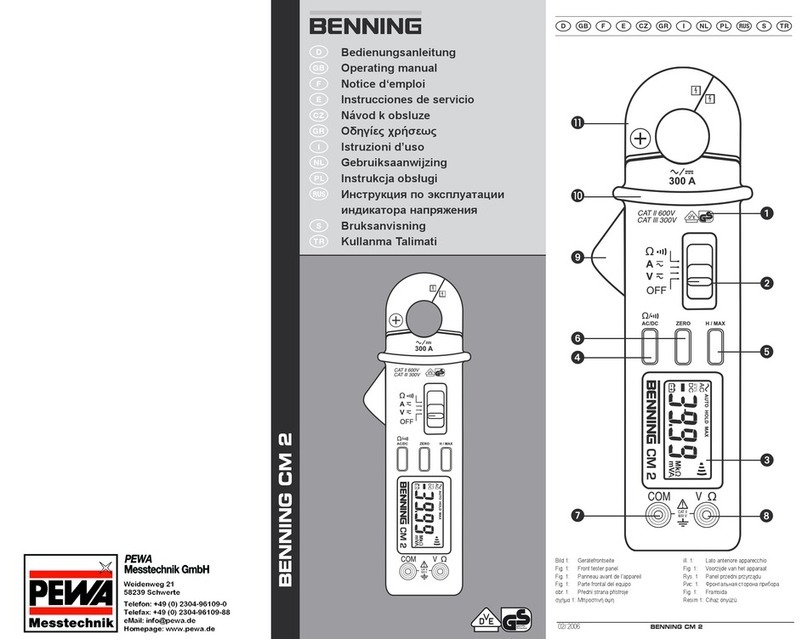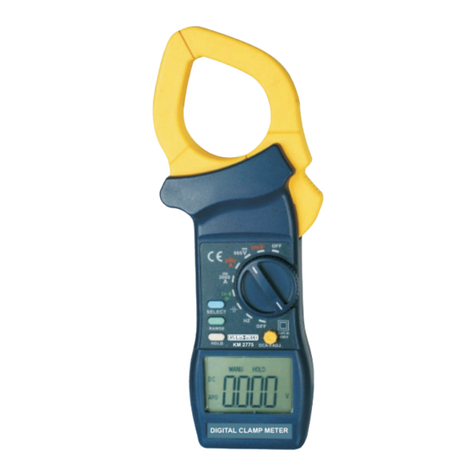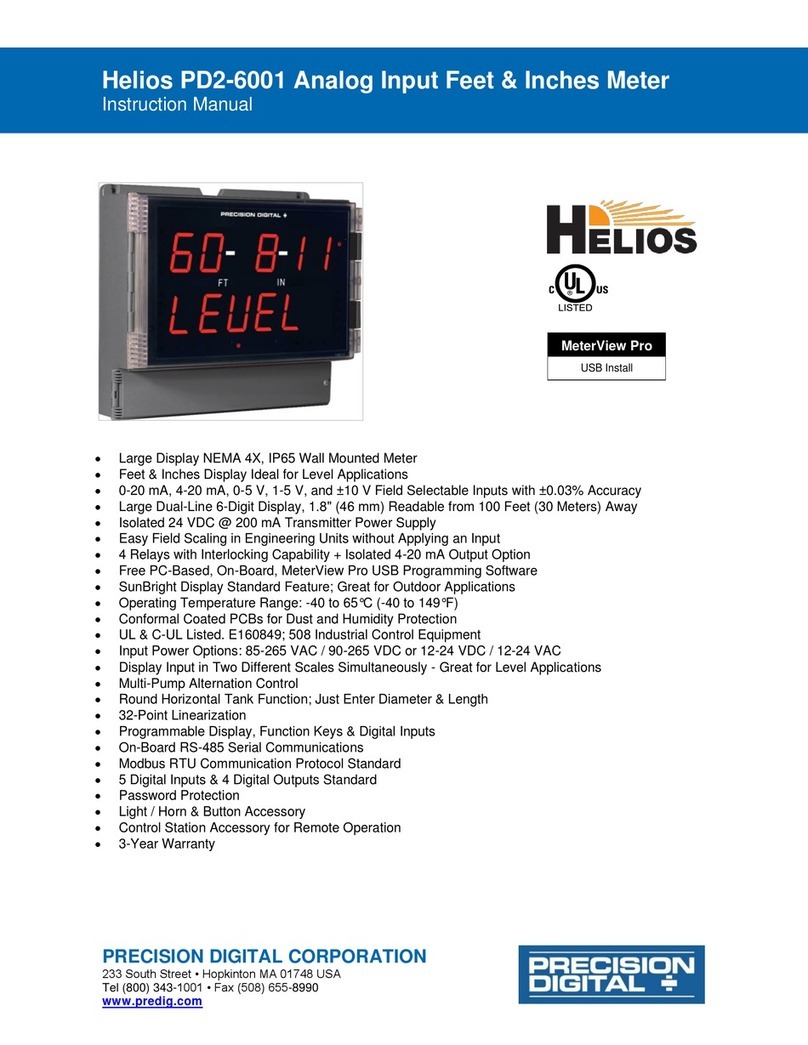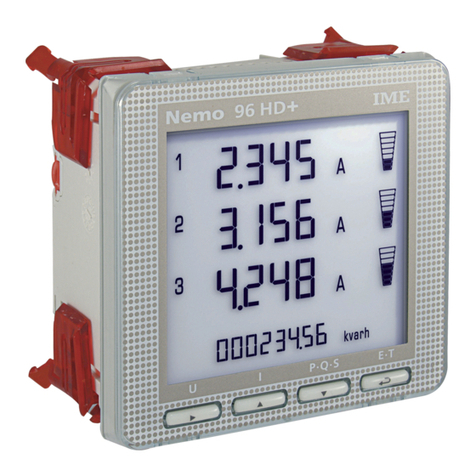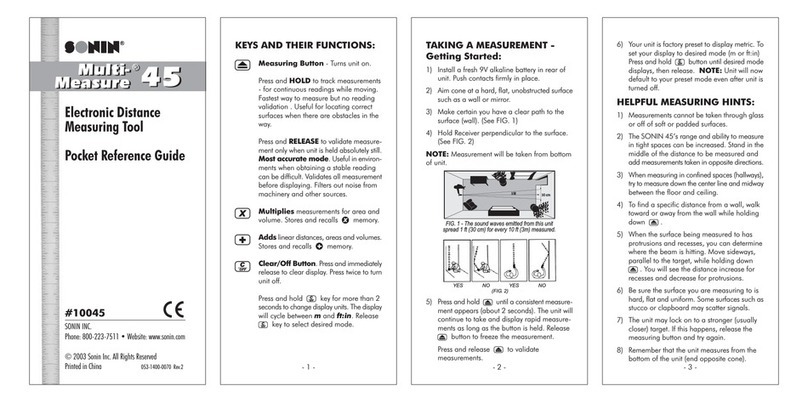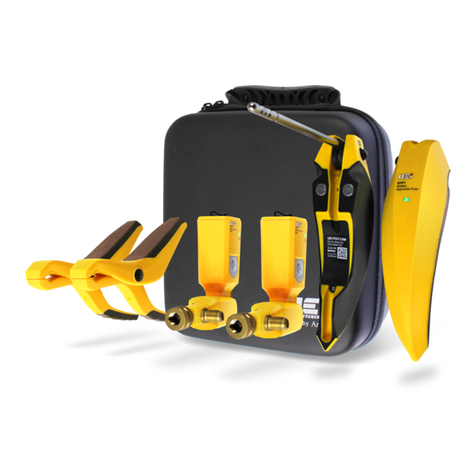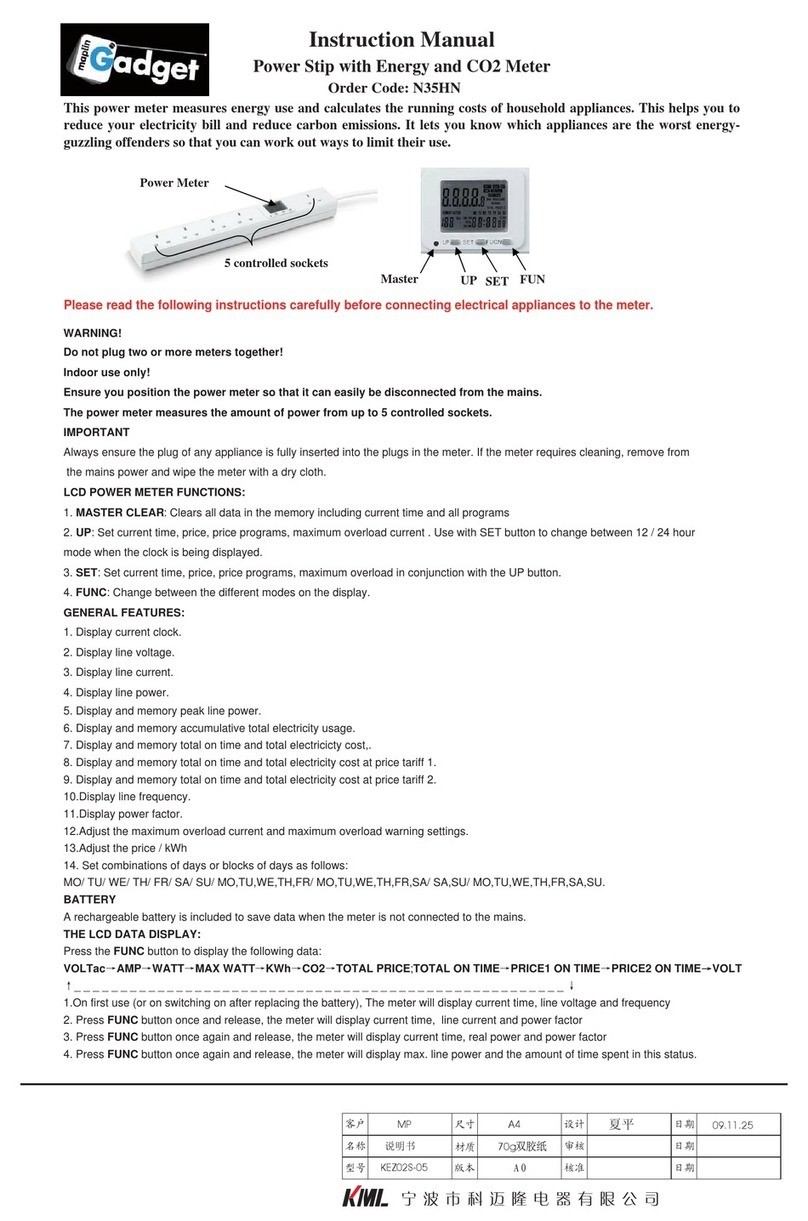Benning CM E1 User manual




















This manual suits for next models
1
Table of contents
Languages:
Other Benning Measuring Instrument manuals
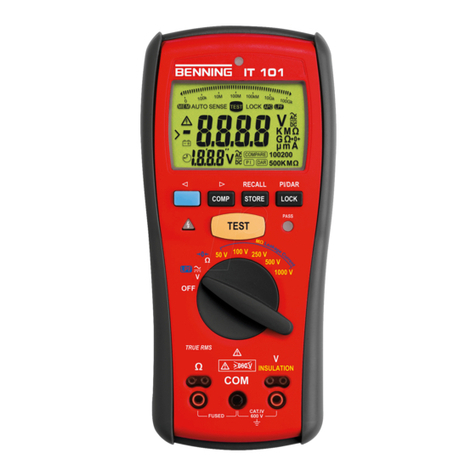
Benning
Benning IT 101 User manual
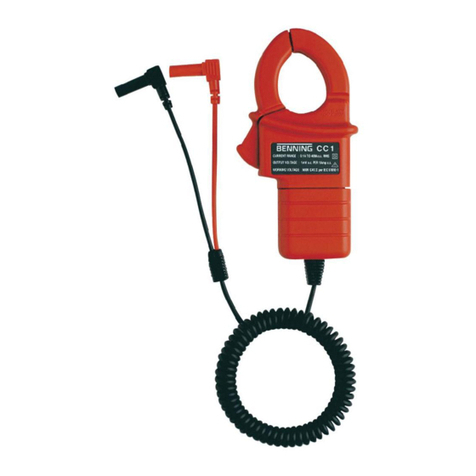
Benning
Benning CC 1 User manual
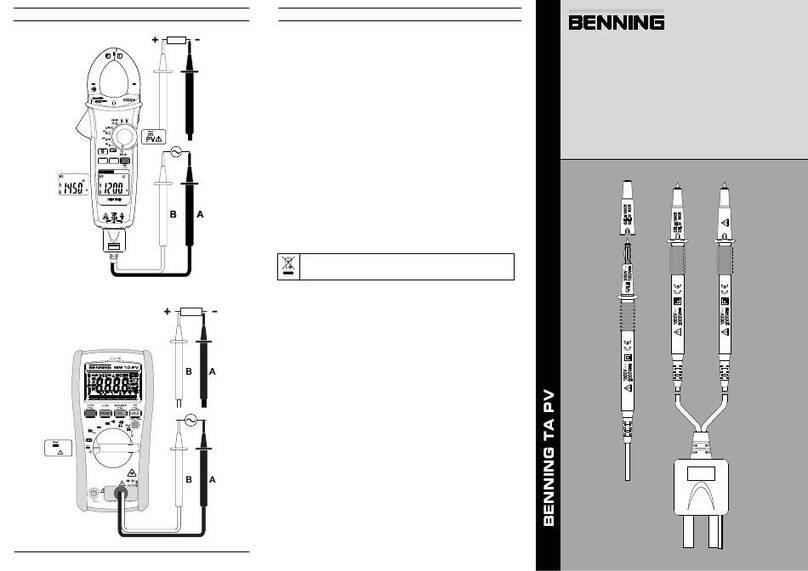
Benning
Benning TA PV User manual
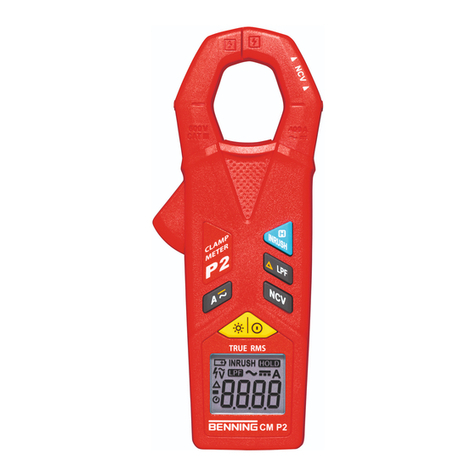
Benning
Benning CM P1 User manual
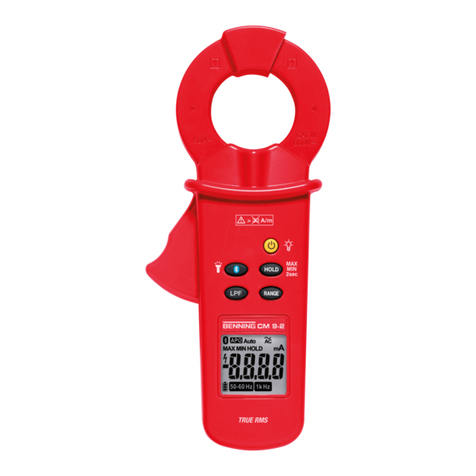
Benning
Benning CM 9-2 User manual
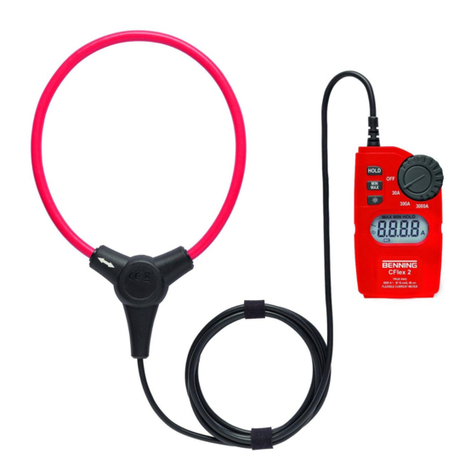
Benning
Benning CFlex 2 User manual
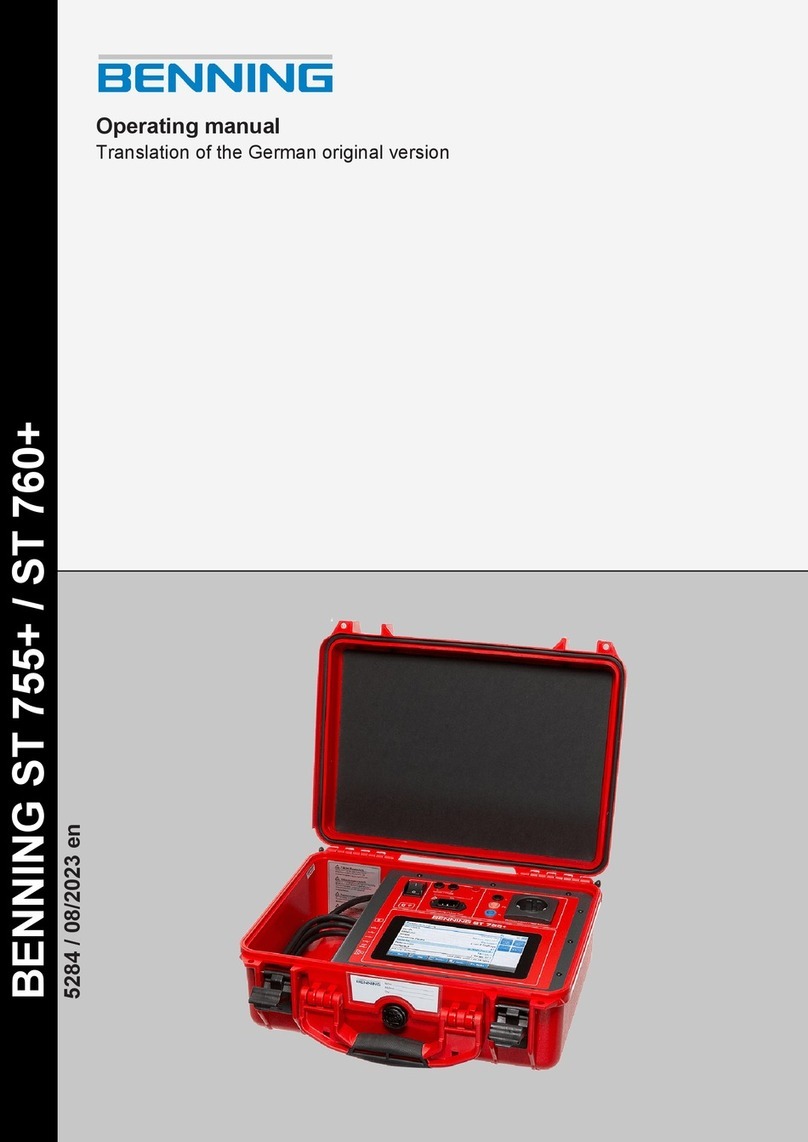
Benning
Benning ST 755+ User manual
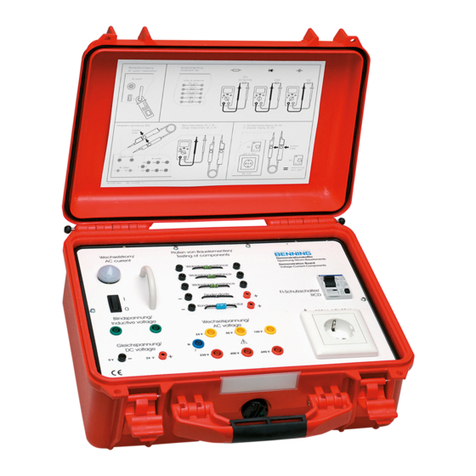
Benning
Benning DB 1 User manual
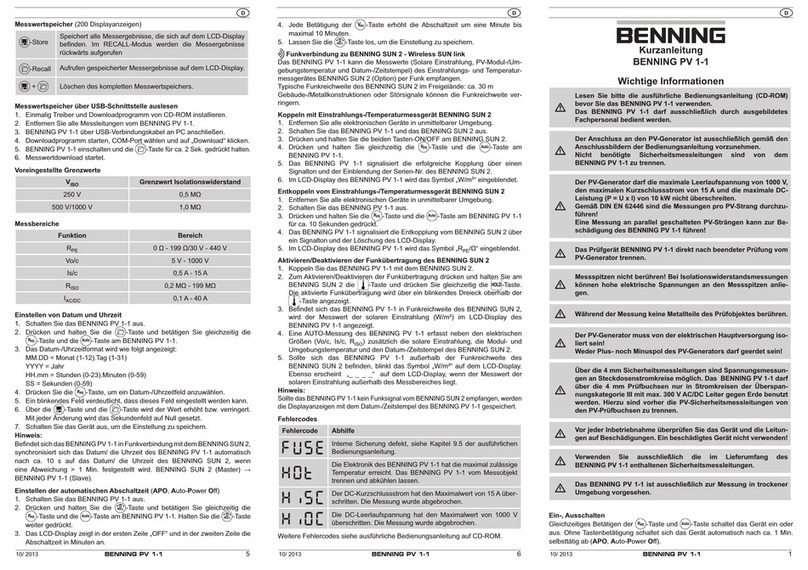
Benning
Benning PV 1-1 Manual
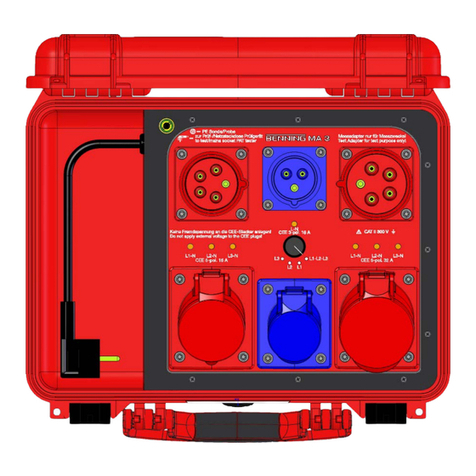
Benning
Benning MA 3 User manual

Benning
Benning IT 101 User manual
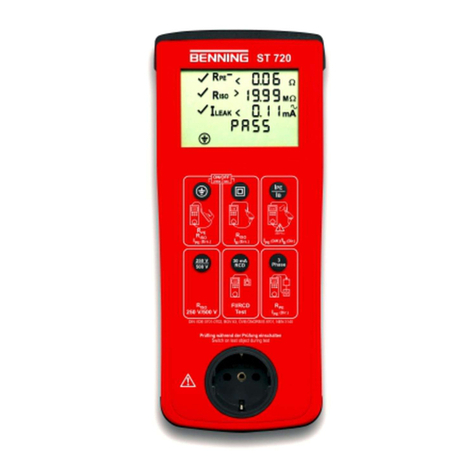
Benning
Benning ST 720 User manual
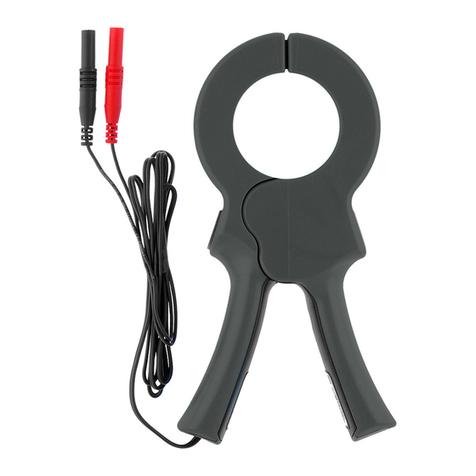
Benning
Benning CC 4-1 User manual

Benning
Benning IT 100 User manual
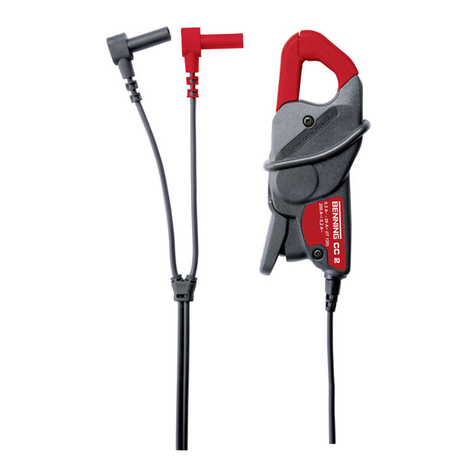
Benning
Benning CC 2 User manual
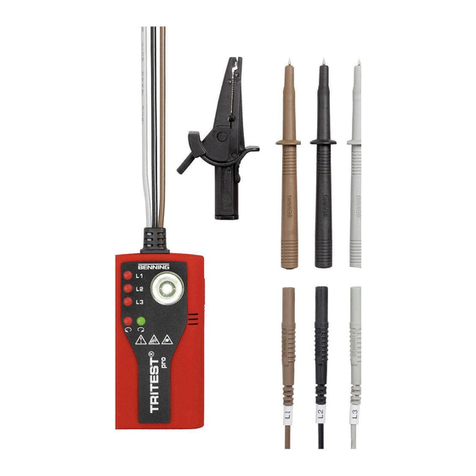
Benning
Benning TRITEST Pro User manual
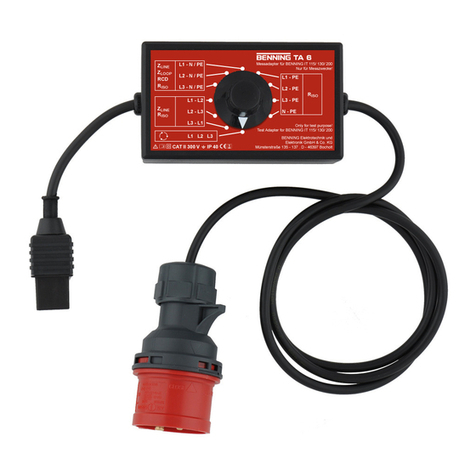
Benning
Benning TA 6 User manual
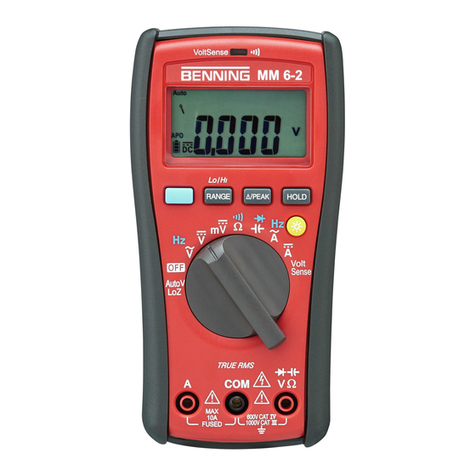
Benning
Benning MM 6-1 User manual
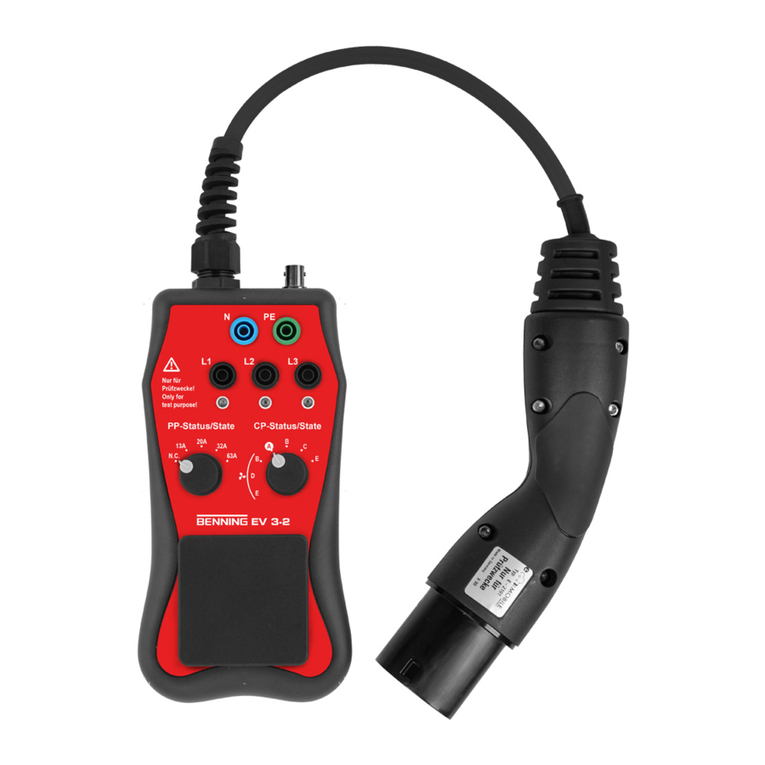
Benning
Benning EV 3-2 User manual

Benning
Benning duspol expert User manual
Popular Measuring Instrument manuals by other brands

Ametek
Ametek Chandler Engineering 8040D10 instruction manual
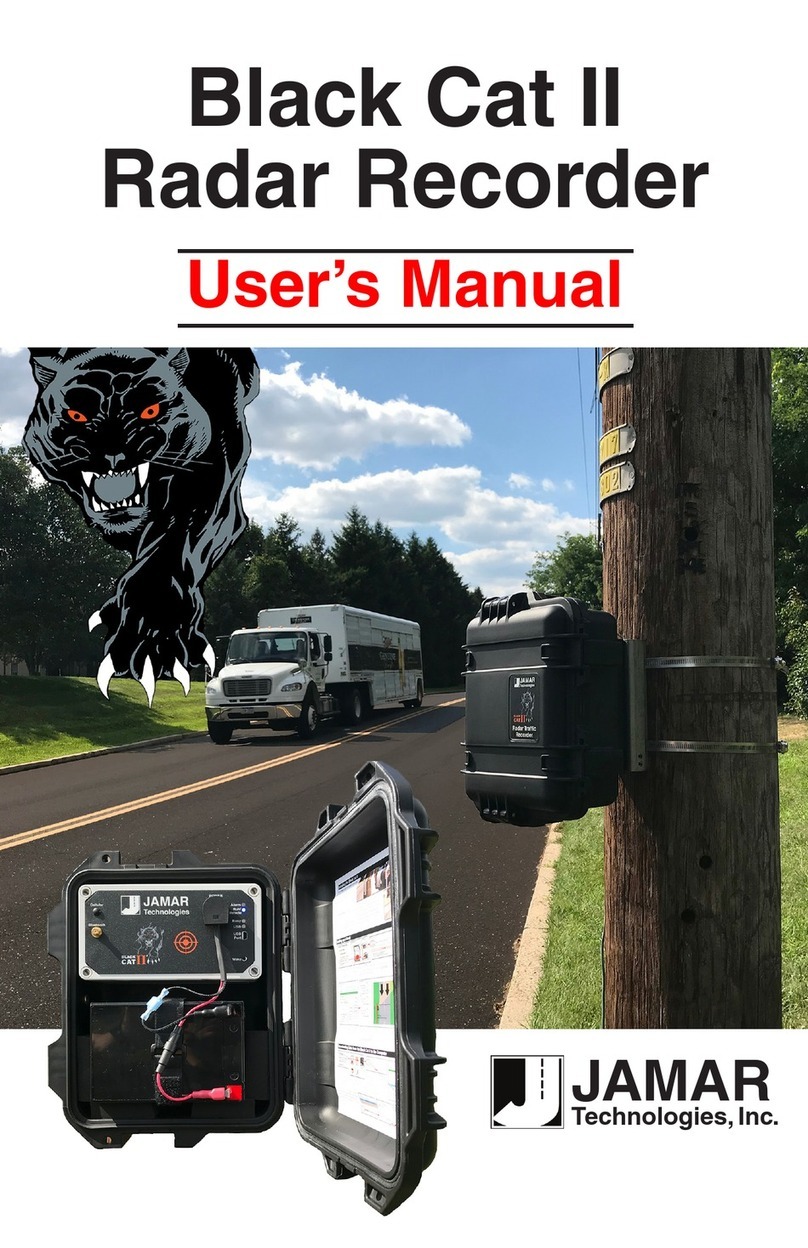
JAMAR Technologies
JAMAR Technologies Black Cat II user manual
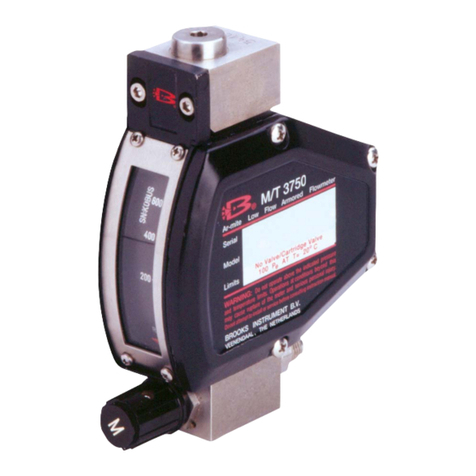
Brooks Instrument
Brooks Instrument Ar-Mite MT 3750 Installation and operation manual
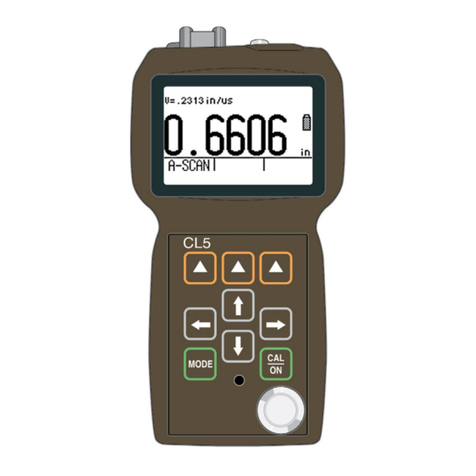
Baker Hughes
Baker Hughes Waygate Technologies CL 5 operating manual
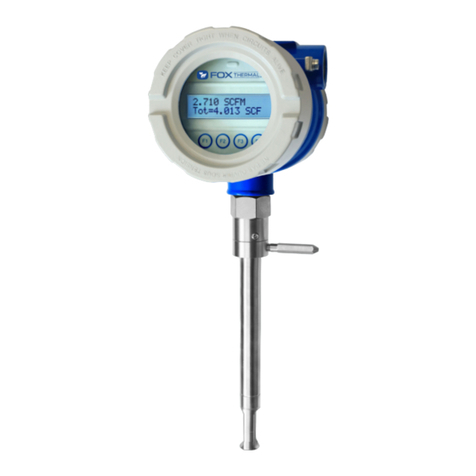
Fox Thermal
Fox Thermal FT1 troubleshooting guide
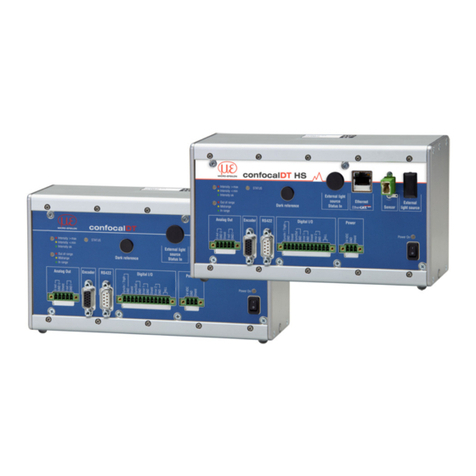
MICRO-EPSILON
MICRO-EPSILON confocalDT 2451 operating instructions

SOMMY
SOMMY SF Series user manual
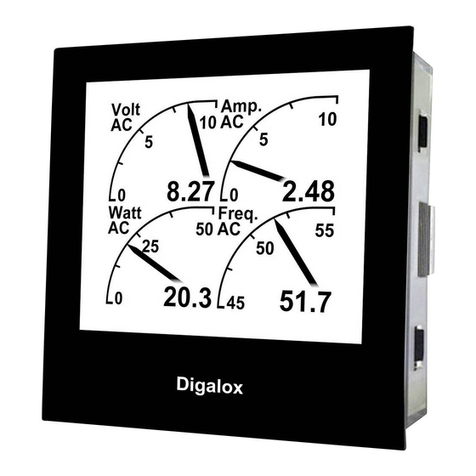
TDE Instruments
TDE Instruments Digalox DPM72-MPN+ instruction manual
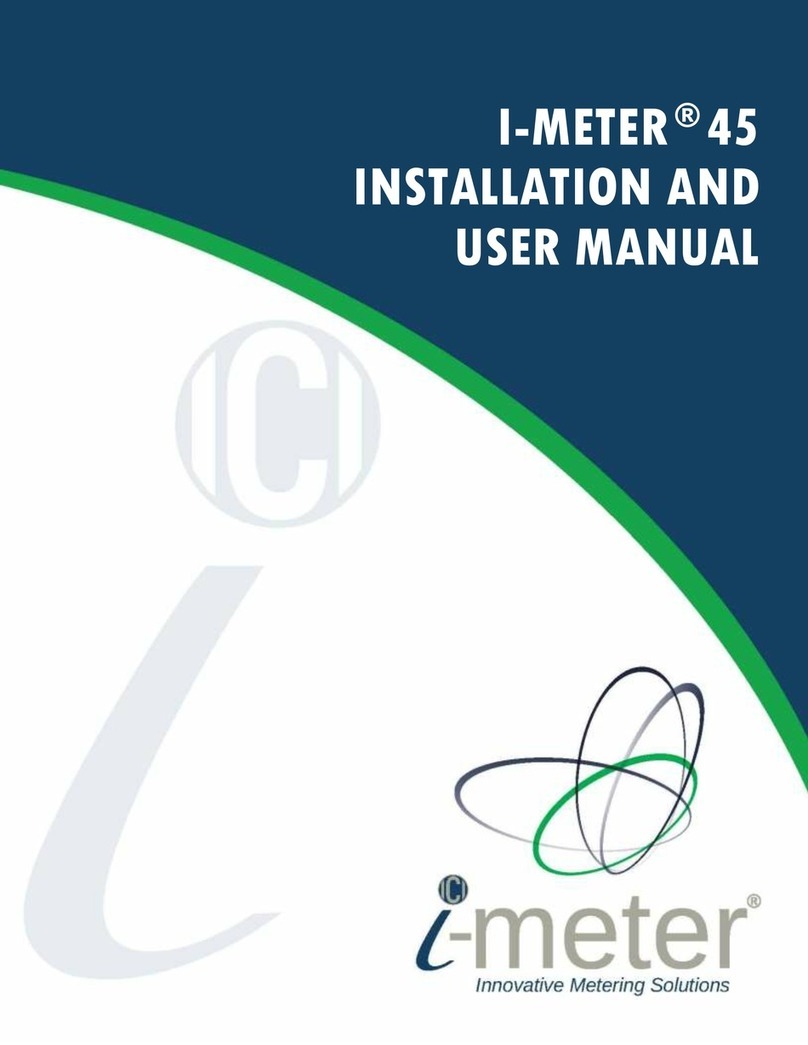
Intellimeter
Intellimeter I-METER 45 Installation and user manual
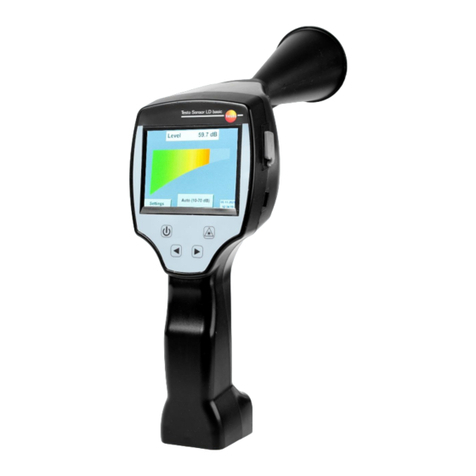
TESTO
TESTO Sensor LD basic instruction manual

PCB Piezotronics
PCB Piezotronics 350B42/NC Installation and operating manual
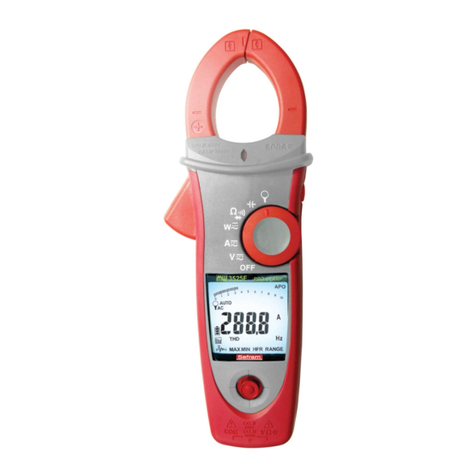
SEFRAM
SEFRAM 3515F user manual

